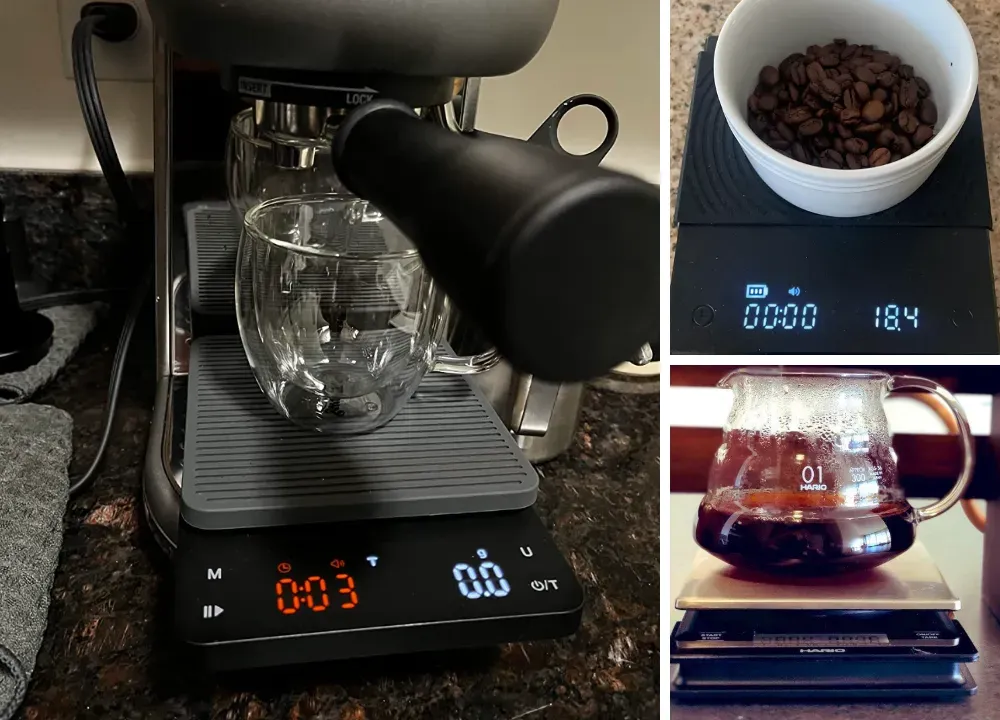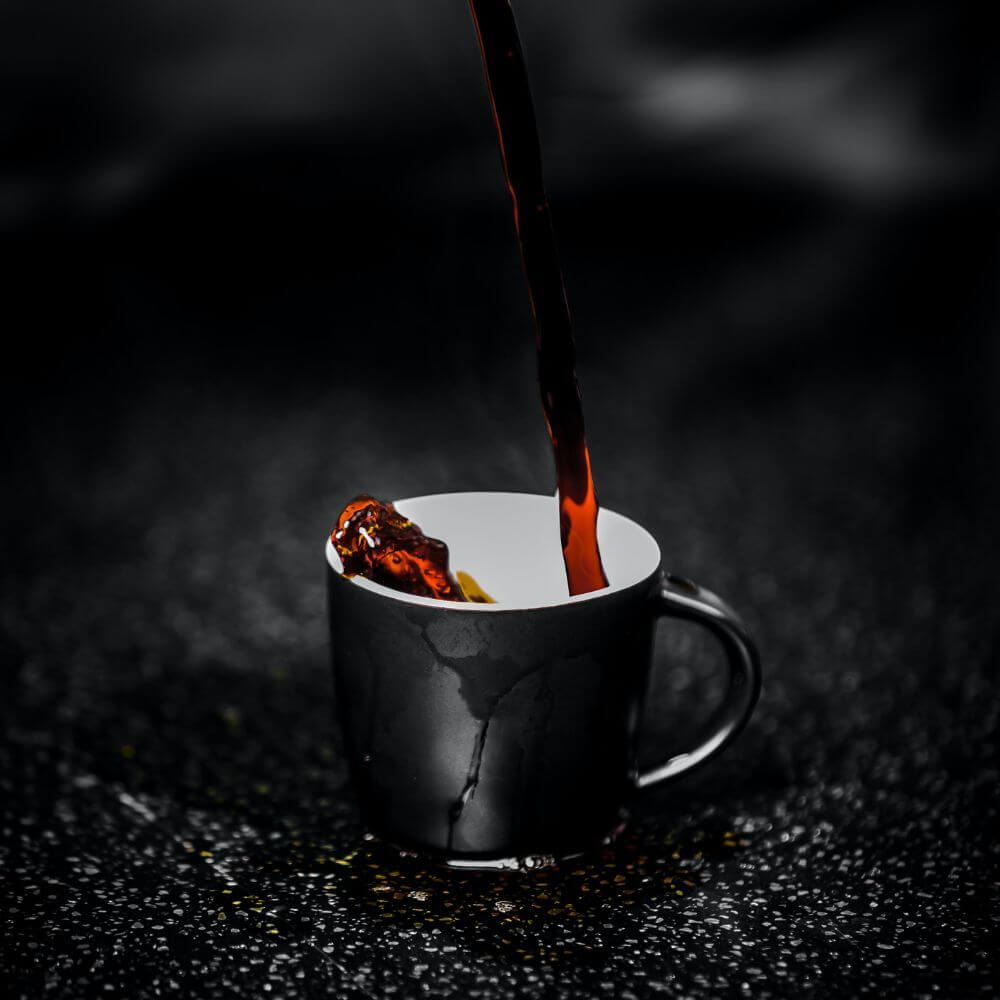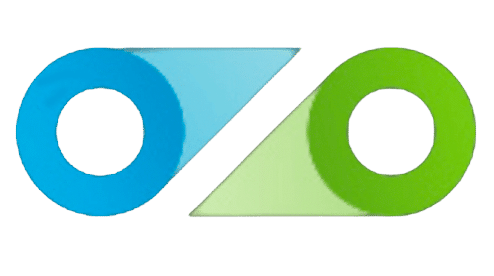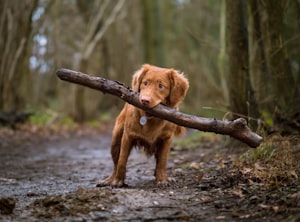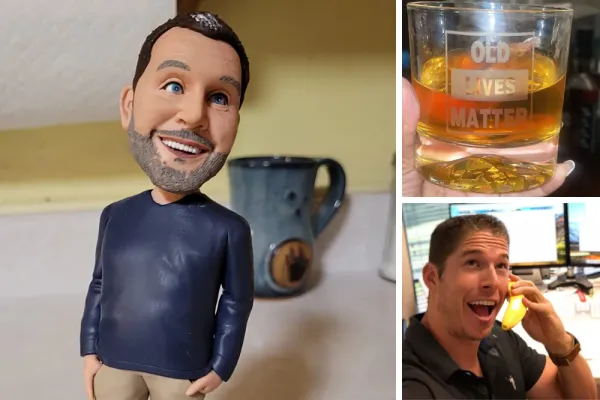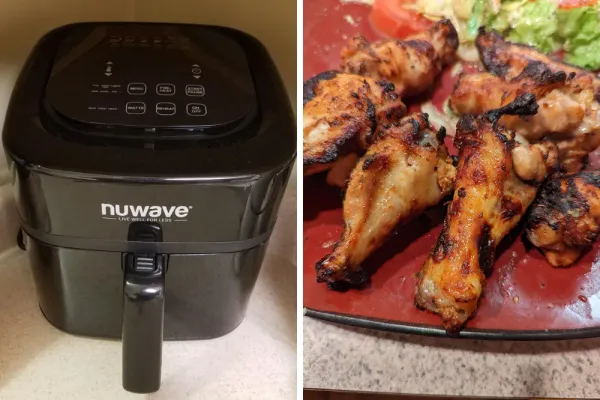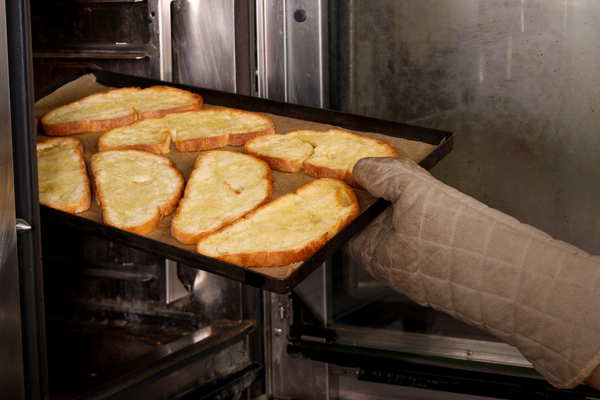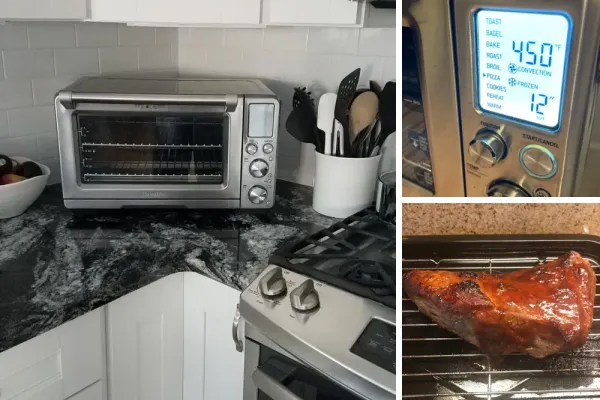For coffee enthusiasts, a perfectly brewed cup of coffee is more than just a morning ritual – it's a symbol of the kind of day you are about to have.
Manual brewing methods like pour-over coffee are gaining more popularity as people crave a deeper connection to their coffee.
However, with most pour-over brewing techniques, it is recommended to use a coffee scale to measure the precise quantity of grounds and water.
But sometimes, you are not at home, and a coffee scale is not readily available.
In this blog post, we will share tips on making pour-over coffee without a scale.
1. Find the Right Coffee Beans
The most important thing when making coffee is to use high-quality coffee beans for the perfect taste.
Always go for freshly roasted coffee beans, and avoid using pre-ground coffee. Pre-ground coffee will lose its freshness and oils that give it flavor.
Make sure you have the correct grind size for your coffee beans. A medium grind works well for pour-over, so ask for grinding instructions when purchasing.
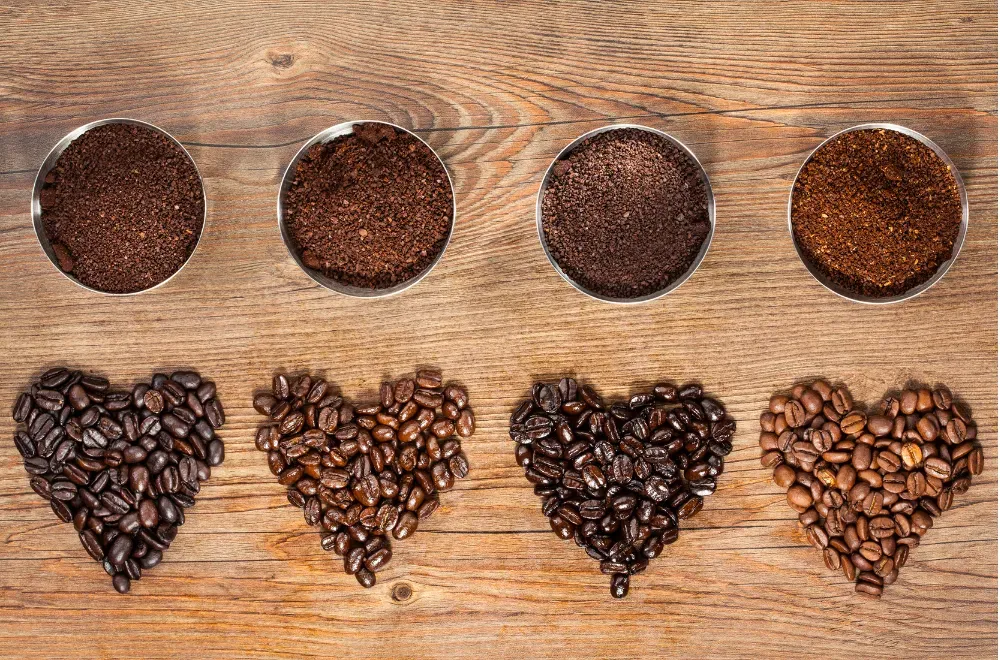
2. Experiment with Ratios
One of the essential aspects of pour-over coffee brewing is getting the right coffee-to-water ratio, and you can still do this without a scale.
Generally, the recommended ratio for pour-over coffee is 1:15 (1 gram of coffee for every 15 grams of water). However, you can experiment with varying ratios to see which produces the best coffee cup for you.
As a starting point, try using around 2 tablespoons of coffee for every 6 ounces of water. This will give you a rich and flavorful cup of coffee.
For a bold cup, use more coffee, and for a milder cup, use less coffee.
3. Use Measuring Tools You Already Have
While a coffee scale is useful, you can still get precise measurements using other tools you already have in your kitchen.
For instance, a tablespoon can hold about 6-7 grams of coffee, while a ¼ cup can weigh about 10-12 grams.
Using these tools, you can estimate the right amount of coffee to use.

4. Pay Close Attention to Grind Size
The size of the coffee grounds is another critical factor affecting your pour-over coffee's taste.
When brewing without a scale, paying close attention to the grind size is important because it affects how the coffee extracts while brewing.
A medium-fine grind is generally suitable for pour-over coffee brewing because the water can extract the coffee's desirable flavors without leaving it too bitter.
Experiment with different grind sizes to tweak the taste of your coffee.

5. Add And Wet The Filter
Place your filter in your pour-over device and pre-wet it with hot water to remove any papery taste and warms up the dripper.
Then, add your measured coffee grounds to the filter.
6. Temperature and Flow Rate Matter
Temperature and flow rate are also vital when making pour-over coffee.
The ideal water temperature should be around 195-205°F for optimal coffee extraction, and the water flow should be slow and steady to allow the coffee to bloom and extract evenly.
If you don't have a thermometer, a good rule of thumb is to boil the water and let it cool for about 30 seconds.
You can easily regulate flow by pouring water onto coffee grounds in small circles or a steady stream.
7. Pour the Coffee
Preheat the pour-over cone with hot water, then add the coffee filter.
Pour the water over the grounds in a slow, circular motion until you reach your desired coffee amount. Pour enough water to soak the grounds entirely and wait 30 seconds for the coffee to bloom.
This step is called the "bloom," which allows the coffee to degas, where CO2 is released from the freshly roasted coffee beans. After about 30 seconds, continue pouring the water in a slow, circular motion until you've added all the water.

8. Enjoy Your Perfect Cup
Allow all the water to drip through the coffee and into your cup or carafe. This process should take about 2-3 minutes. Once it's done, remove the filter and enjoy your meticulously crafted, scale-free pour-over coffee!
Remember, coffee brewing is an art; part of that art is tailoring the process to your preferences. Don't be afraid to experiment with different amounts of coffee and water until you find your perfect cup. Happy brewing!

Conclusion
Making pour-over coffee without a scale may seem daunting, but it is possible to still make an enjoyable cup of coffee.
By experimenting with different ratios, using common kitchen tools to measure, paying attention to grind size, regulating water temperature and flow rate, and, most importantly, practicing, you're well on your way to a great pour-over coffee.
With these tips, you can enjoy your coffee regardless of whether you have a scale or not.
Looking for the perfect pick-me-up? Check out our list of the best coffee articles👇!
